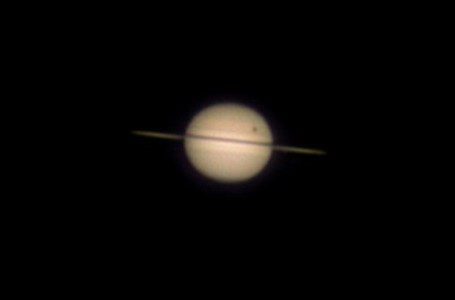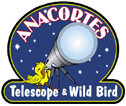Hi,
I just bought a Nikon D 70 and a Scoptronix adapter for use in astro work and have an LX 90 and a Tak FS 102.
Has anyone had any experience with this camera and can advise on what they found to be the best setup in terms of exposures and software to process the images.
I have taken some early shots of the moon and jupiter and the Jewel Box.
I used about 1/50th second exposure on the moon using a 19mm Pan eyepiece in the Scoptronix adapter and that turned out quite well. I used the timer to take the shot so there wouldn't be any camera shake. Jupiter required about 1/5th of a second (ISO 650). Deep sky is hard to see in the viewfinder of the camera to get an accurate focus. I think I will need to get it parfocal during the day so I know where focus is or focus on the moon and keep that lined up as the eyepieces put in the telescope once the camera is removed need quite a bit of focus adjustment.
Also a remote for the bulb setting shots is probably essential as holding the button down for exposures is not practical and 30 seconds is the max the exposure will do automatically.
Cheers,
Greg.
I just bought a Nikon D 70 and a Scoptronix adapter for use in astro work and have an LX 90 and a Tak FS 102.
Has anyone had any experience with this camera and can advise on what they found to be the best setup in terms of exposures and software to process the images.
I have taken some early shots of the moon and jupiter and the Jewel Box.
I used about 1/50th second exposure on the moon using a 19mm Pan eyepiece in the Scoptronix adapter and that turned out quite well. I used the timer to take the shot so there wouldn't be any camera shake. Jupiter required about 1/5th of a second (ISO 650). Deep sky is hard to see in the viewfinder of the camera to get an accurate focus. I think I will need to get it parfocal during the day so I know where focus is or focus on the moon and keep that lined up as the eyepieces put in the telescope once the camera is removed need quite a bit of focus adjustment.
Also a remote for the bulb setting shots is probably essential as holding the button down for exposures is not practical and 30 seconds is the max the exposure will do automatically.
Cheers,
Greg.




